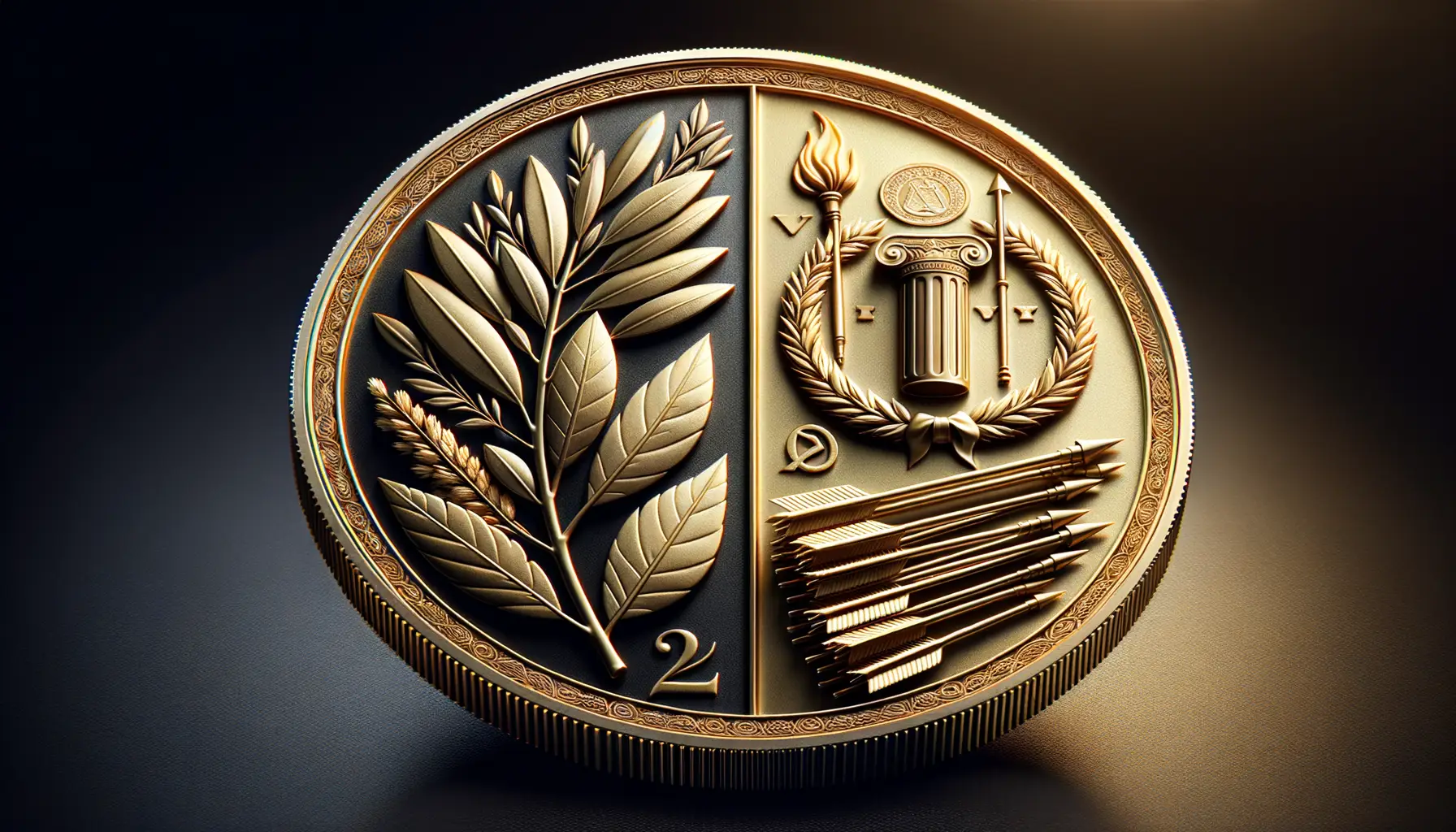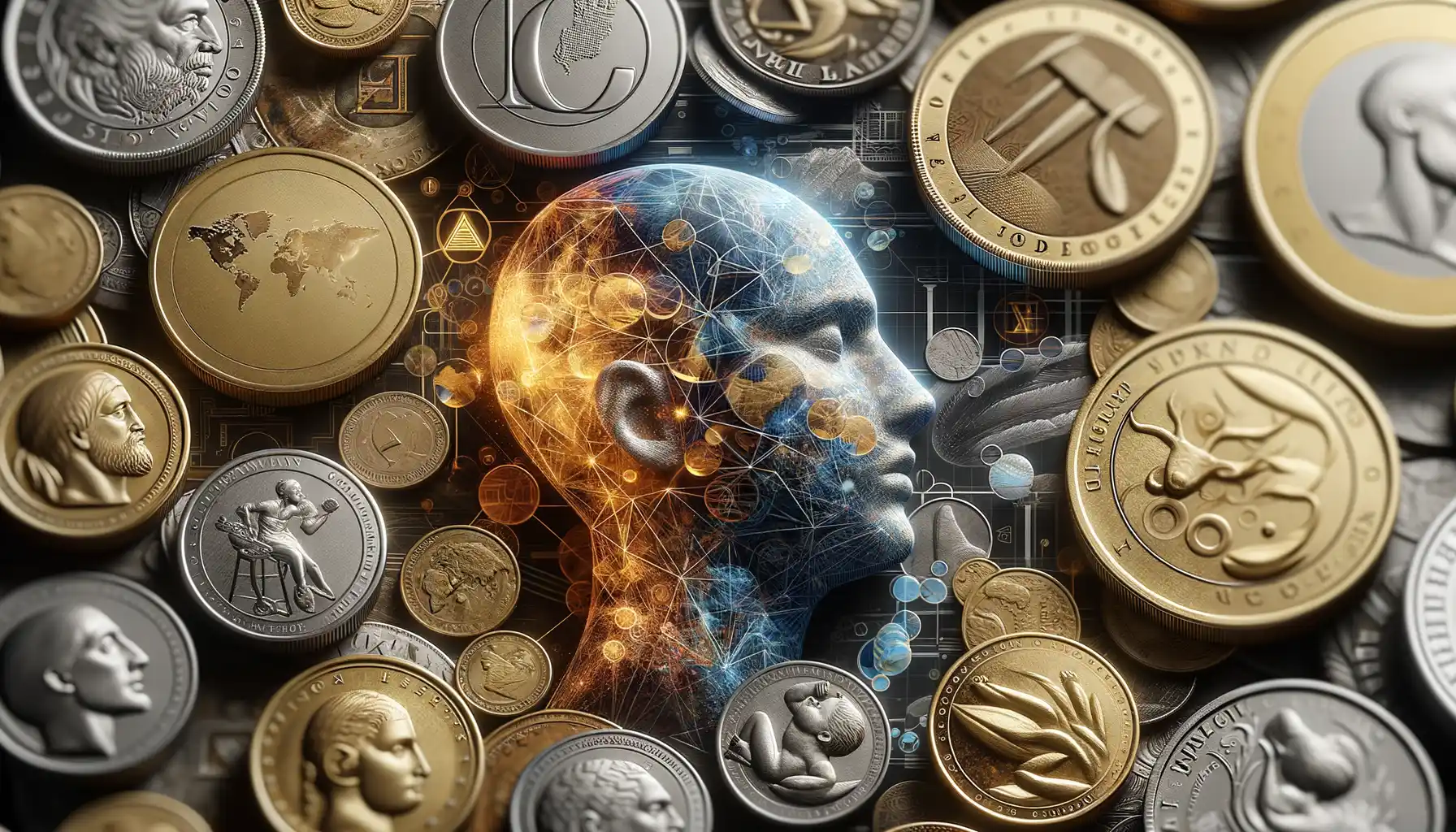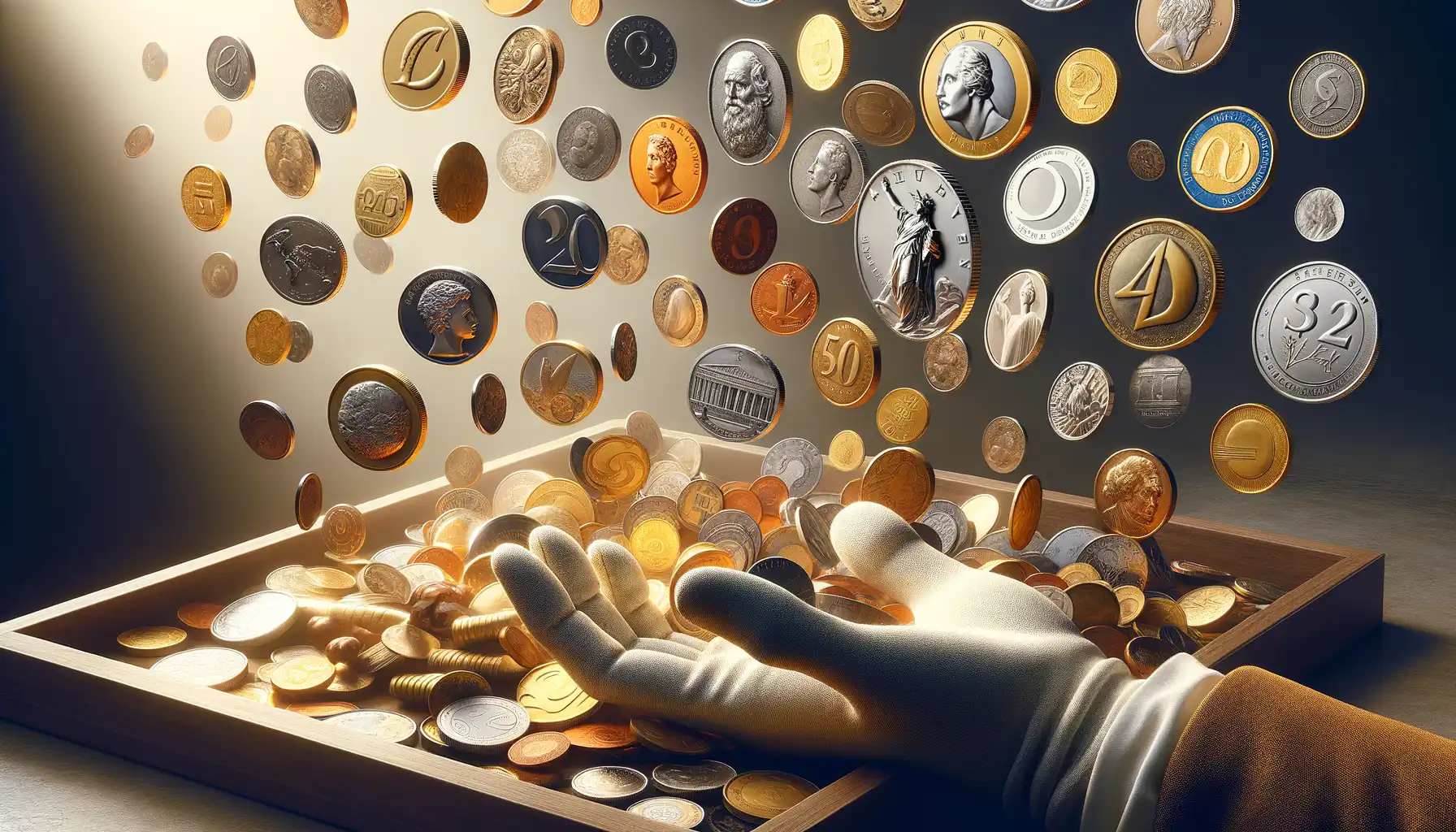Historical Significance of Coins in Representing Power
Coins: Mirrors of Ancient Power and Prestige
From ancient empires to sprawling kingdoms, coins have served as tiny metal proclamations of power. Picture this—an emperor ruling vast lands, his face gleaming on silver or gold, carried in the hands of merchants, soldiers, even commoners. Coins were not just currency; they were **miniature billboards of authority**.
Take Alexander the Great, for example. His coins didn’t simply show his face—they crowned him with divine symbols like the horns of Zeus-Ammon. The message was clear: “I’m not just a king. I’m practically a god.” Or think about the Roman Empire, where coins celebrated military victories, featuring triumphant chariots or conquered lands. With every transaction, these coins whispered (or shouted) tales of conquest and control.
When you hold an ancient coin today, you’re holding a piece of orchestrated power—a deliberate design meant to awe. These weren’t mere money; they were history’s megaphones.
Design Elements and Their Symbolic Meanings on Coins

Icons and Imagery: Messages in Metal
Every coin tells a story, and its design elements are like whispers from the past. Think of the roaring lion on ancient Persian coins, exuding power and dominance, or the delicate olive wreath gracing Greek drachmas—a quiet nod to peace. These symbols weren’t just decoration; they were deliberate choices, crafted to deliver a message loud and clear.
Some designs practically shout their intent:
- Eagles, often soaring or perched with talons ready, symbolized strength and vigilance across Roman and American coinage.
- Portraits of rulers? A bold “Look who’s in charge!” statement, reminding citizens of their leader’s dominion.
- Mythological figures, like Athena or Zeus, did more than celebrate culture—they linked rulers to gods, cementing their authority as divine or untouchable.
Coins didn’t just reflect values; they also manipulated perception. Imagine holding a coin with an intricately carved crown, suggesting endless wealth, even if the kingdom’s coffers were empty. It’s propaganda in the palm of your hand—subtle but effective.
Hidden Meanings in Patterns and Details
Beyond the obvious, there’s poetry in the smaller details. The seemingly decorative ridges on modern coins? They originated to deter thieves from shaving off precious metals but also signified precision and orderliness under a ruler’s reign. Even something as simple as the placement of text—whether surrounding or beneath a ruler’s face—signified hierarchy and respect.
Pay closer attention, and you may spot cultural timelines unfold. For example, colonial-era coins often featured exotic plants or animals from conquered lands, subtly showcasing the empire’s global reach. These tiny works of art were never random; each element carried a weight of meaning, often richer than the gold or silver from which they were made.
Economic and Political Influence Through Coinage

Coins as Catalysts of Economic Control
Picture this: a single coin exchanged in bustling marketplaces, crossing hands from merchants to farmers to artisans. But this wasn’t just an innocent piece of metal—it was a masterstroke of economic engineering. Rulers throughout history harnessed the power of coinage to shape entire economies.
By standardizing currency, empires like the Roman Empire or the dynasties of ancient China created systems where trade could flourish across vast regions. A coin’s weight, material, and even its purity weren’t random choices—they were strategic decisions. Lower the silver content secretly? Boom—you just inflated the economy while keeping the illusion of value intact.
And let’s not forget how coins whispered messages of power into every transaction. In times of conquest, rulers could impose their coinage on newly absorbed territories, signaling who now controlled the purse strings. Think of it as a monetary signature written across the land.
Coins: Political Statements in Disguise
Coins didn’t just ensure you could buy bread; they were political billboards disguised as everyday objects. They proclaimed the legitimacy of rulers, sometimes through bold statements or subtle symbolism.
- Imagine Alexander the Great stamping his face on coins as if to say, “Yes, I rule here now—don’t question it.”
- Or Elizabethan England issuing coins depicting her crowned portrait, asserting her unshakable sovereignty amidst political turbulence.
- Even smaller city-states used coins to mark alliances or declare newfound independence, proving how every coin carried its own agenda.
Every time someone held one of these coins, they weren’t just holding currency—they were holding a slice of history, a purposeful reminder of who called the shots. It’s no wonder coins could be just as influential as armies or laws in keeping control.
Coins as Tools of Propaganda in History

The Silent Speakers of Authority
Coins have always been more than just currency; they’re like little metal megaphones whispering—or shouting—messages of power. Imagine holding an ancient coin in your hand. That faintly worn emperor’s profile? It wasn’t just art. It was a bold, deliberate advertisement: “I am your ruler, and I stand eternal.” It was propaganda in its purest form, carried in every pocket and merchant’s pouch.
Take, for instance, the Roman Emperor Augustus. He adorned coins with his face surrounded by symbols of peace like olive branches. Why? To tell every Roman citizen that he wasn’t just a ruler but their divine protector. A small round token became the Empire’s Instagram story. Fast forward to the Renaissance, and you’d find rulers embellishing coins with coats of arms and grandiose Latin phrases to signal sovereignty and might.
- Alexander the Great: Coins bearing him as Hercules, signifying god-like strength.
- Napoleon Bonaparte: Issued coins showing him crowned with a laurel wreath, harkening back to Roman emperors.
These tiny objects were not only tools of trade, but carriers of ideology dressed in silver and gold, touching every hand and telling a story no one could ignore.
Modern Perspectives on Coins as Symbols of Authority

Coins in Modern Society: More Than Spare Change
Today, coins might jingle in our pockets, but their deeper meaning often goes unnoticed. Yet, if you take a closer look at the coins of today, they remain potent symbols of power, identity, and legacy. Think about it: every coin you touch has been deliberately designed to tell a story.
Modern leaders and nations use coins to reinforce their authority just as ancient emperors did. For example, consider how the U.S. places its presidents on currency to evoke a sense of national pride or how the Euro’s design reflects unity across dozens of diverse nations. These aren’t random choices—they’re powerful, deliberate statements.
- Commemorative coins: Issued for events like royal anniversaries or Olympic Games, they immortalize significant moments.
- Limited-edition mints: These carry prestige, reinforcing exclusivity and control over historical narratives.
Even cryptocurrency, designed to move away from traditional systems, invokes symbolism—with the Bitcoin logo resembling a coin to signify trust and value. Next time you grab a coin, pause. It’s not just metal—it’s a small, shining ambassador of authority.